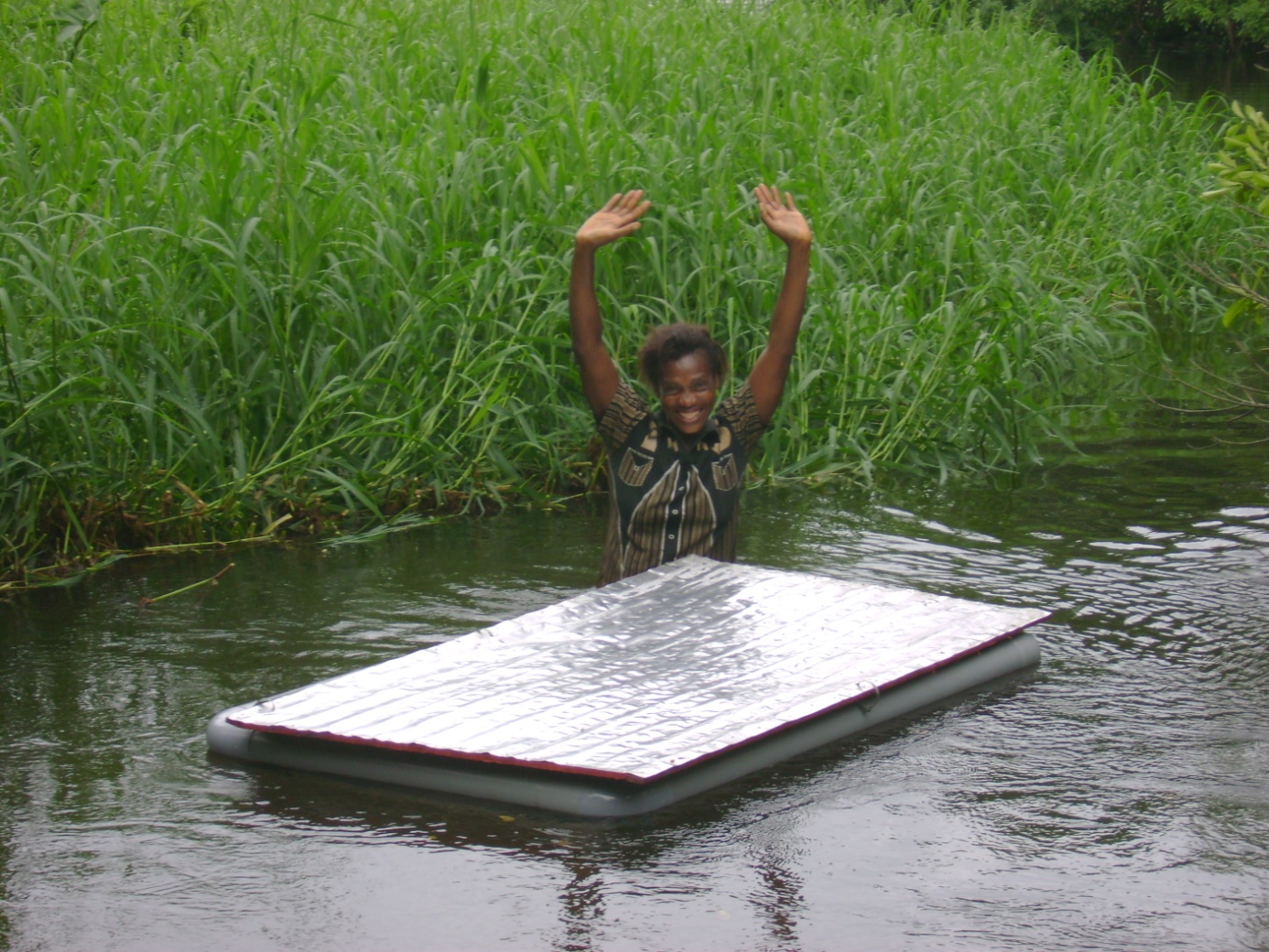Establishing community-private sector partnerships
Joint ventures (JV) are formal, contractual agreements with communities or community trusts. In this solution the community is involved in ownership of the tourism camp and there are, therefore, benefits and costs for both parties. Ownership brings with it a sense of pride and responsibility, but also a level of risk. The JV includes a shareholders' agreement; a lease agreement; a management agreement and a marketing agreement. Wilderness Safaris and the Torra Conservancy meet regularly to discuss the partnership, resolve issues, etc. Over and above financial benefits of the JV, Torra Conservancy members have gained: improved planning skills; insights and capacity for collaborative action; improved knowledge of their rights; broader vision for their community and Board committee members are empowered to make decisions and are involved in business management. JV benefits for Damaraland Camp/WS include: access to a new site, increase in market share, improved conservation and an overall fit with WS company philosophy of including communities in conservation.
Stakeholders with capacity and skills to engage in tourism
Strong institutions to provide support to local communities
Enabling policy and legislation which allows communities control and encourages private sector investment
A strong, united community organization.
A small, cohesive community
NGO support with skills training and capacity development.
Desire of community members to engage, learn new skills, etc.
Joint ventures can however be highly complex arrangements and this can make such arrangements vulnerable to dissolution and should be taken into consideration when developing ecotourism partnerships in remote, rural areas.
Ensuring that communities benefit positively requires • ongoing communication between communities and the private sector • role clarification • increasing linkages • local employment • skills training and development, including the gradual transfer of management positions to community members
The majority of communities have no prior tourism experience and it is, therefore, critical to ensure an understanding of tourism, business, marketing, sales, etc.
